This is one of the important activities for the domestic and international academic and heritage management communities to discuss in depth and shape strategies to bring the Oc Eo - Ba The heritage profile closer to international standards.
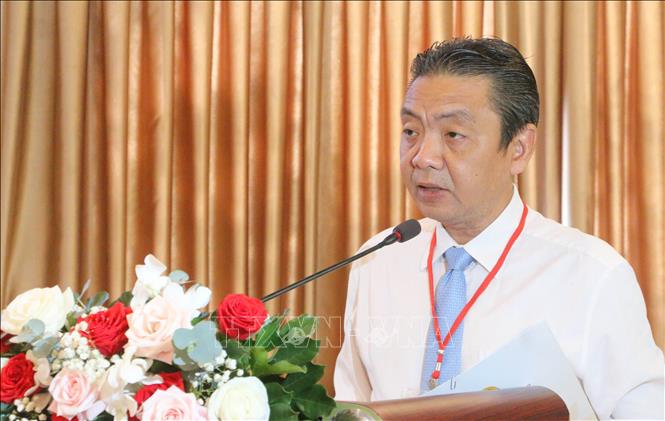
Dr. Hoang Dao Cuong, Deputy Minister of Culture, Sports and Tourism, spoke at the Workshop.
Over 40 international and domestic delegates including leading experts from India, Japan, France, Germany, Malaysia, etc., representatives of central ministries and branches, the National Council for Cultural Heritage, the UNESCO Office in Vietnam, delegates from universities, research institutes and cultural management agencies in the country attended the Workshop.
Dr. Truong Dac Chien, a member of the consulting team building the nomination dossier for the Oc Eo - Ba The archaeological site (An Giang province, Vietnam) to submit to UNESCO for inclusion in the World Cultural Heritage List, said that after the archaeological excavation process at Oc Eo - Ba The and Nen Chua, many important types of relics were discovered, such as temple and tower architecture, stilt house residential sites, various types of wells and lakes built with bricks, stones and wooden objects, along with many traces of the production of handicrafts and jewelry made of precious stones, glass, gold, etc.
Dr. Truong Dac Chien believes that the memories of the Oc Eo culture show that this is not only an ancient urban complex, playing a very important role in the history of the Kingdom of Phu Nam, a kingdom formed on the basis of a unique indigenous culture, but it is also a culture that developed independently on the basis of pre-Oc Eo cultures and external factors. In particular, the Oc Eo - Ba The archaeological site stands out as an important "intersection" between historical, economic and cultural flows between many ancient kingdoms of Southeast Asia and countries in South Asia, Southwest Asia, Northeast Asia, etc.
Dr. Hoang Dao Cuong, Deputy Minister of Culture, Sports and Tourism, emphasized that in the context of the whole country's efforts to preserve and promote the value of cultural heritage and affirm Vietnam's position on the world heritage map, the Workshop is a multi-dimensional scientific forum, focusing on consulting, reviewing and perfecting key academic arguments for the nomination dossier of the Oc Eo - Ba The Archaeological Site. The Workshop also contributes to widely promoting and disseminating to domestic and international scientists as well as the public about the outstanding global values of the Oc Eo cultural heritage in the journey to bring this precious relic closer to being recognized as a UNESCO World Cultural Heritage.
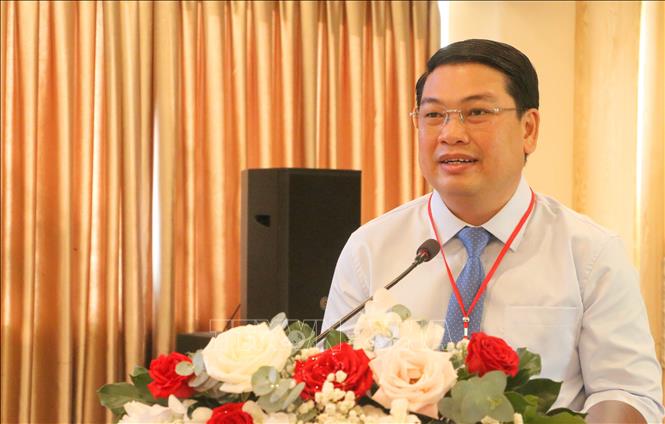
Mr. Le Trung Ho, Vice Chairman of An Giang Provincial People's Committee, spoke at the Workshop.
Vice Chairman of An Giang Provincial People's Committee Le Trung Ho affirmed that, with the important values of the Oc Eo-Ba The Archaeological Site, the Central Party Secretariat, the Prime Minister, and the Ministry of Culture, Sports and Tourism have assigned An Giang province to coordinate with the central specialized agencies to prepare a dossier to nominate the Oc Eo-Ba The Archaeological Site, and submit it to UNESCO for recognition as a World Cultural Heritage. Up to now, An Giang has completed the construction of the dossier in phase 1 of UNESCO's 2-phase process.
The International Council on Monuments and Sites (ICOMOS) has sent experts to the Oc Eo-Ba The archaeological site to carry out the concentration process according to UNESCO regulations.
An Giang province is striving to complete and defend the official dossier before UNESCO by 2026.
At the Workshop, domestic and foreign scientists focused on discussing 4 main topics: Natural context and history of occupation in the lower Mekong River basin - contributing to clarifying environmental conditions, the process of forming residential landscapes and the basis for developing Oc Eo culture in a specific delta region; Model of social organization, early State and Oc Eo urban-commercial system - thereby identifying the power structure, urban nature and role of Oc Eo in regional and inter-regional trade networks; Beliefs, religions and material cultural expressions - helping us understand more deeply the cultural-spiritual space, the adaptation between indigenous and exogenous factors, as well as the role of Oc Eo in the spread of Buddhism and Hinduism in Southeast Asia; Heritage values, nomination criteria and conservation orientation - are the academic and strategic spearheads, directly serving the establishment of Outstanding Universal Value (OUV), selection of appropriate criteria, construction of comparative research and heritage management systems.
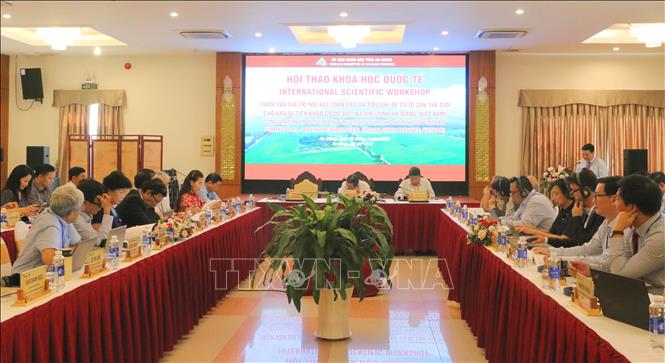
Conference scene.
The topics of the Workshop were analyzed by domestic and foreign scientists to clarify the great potential of the Oc Eo cultural heritage, the Kingdom of Phu Nam in general, and the Oc Eo-Ba The archaeological site in particular to become a world heritage. Oc Eo is known as a typical archaeological culture in the Southern region of Vietnam in the early years of the Common Era. It was the French archaeologist Louis Malleret who discovered and named the Oc Eo culture in 1944 - named after the Go Oc Eo site, located in Oc Eo commune, An Giang province today. The whole An Giang province currently has more than 80 Oc Eo cultural relics; of which, the Oc Eo - Ba The archaeological site (Oc Eo commune, An Giang province) has a total planned conservation area of about 433.1 hectares. This is determined to have a very important position, once an urban area, port, and major economic and cultural center of the ancient kingdom of Phu Nam. Because of its historical, cultural, architectural, and artistic values, the Oc Eo - Ba The relic site was ranked as a special national relic by the Prime Minister in 2012. In particular, the Oc Eo - Ba The relic site is considered by scientists and managers to have enough potential and conditions to become a UNESCO World Cultural Heritage. On January 4, 2022, the Oc Eo - Ba The archaeological site was included in the tentative list of nominations for world cultural heritage by UNESCO.
According to VNA
Source: https://bvhttdl.gov.vn/van-hoa-oc-eo-mang-nhung-gia-tri-noi-bat-toan-cau-20250730154522067.htm





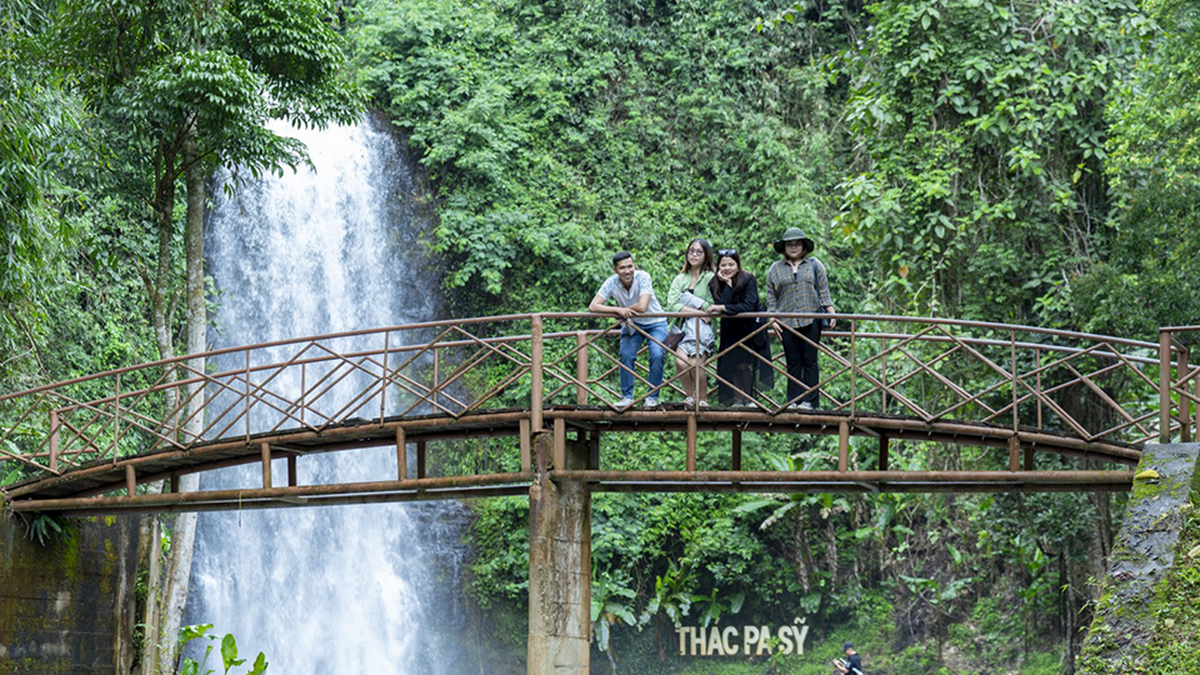

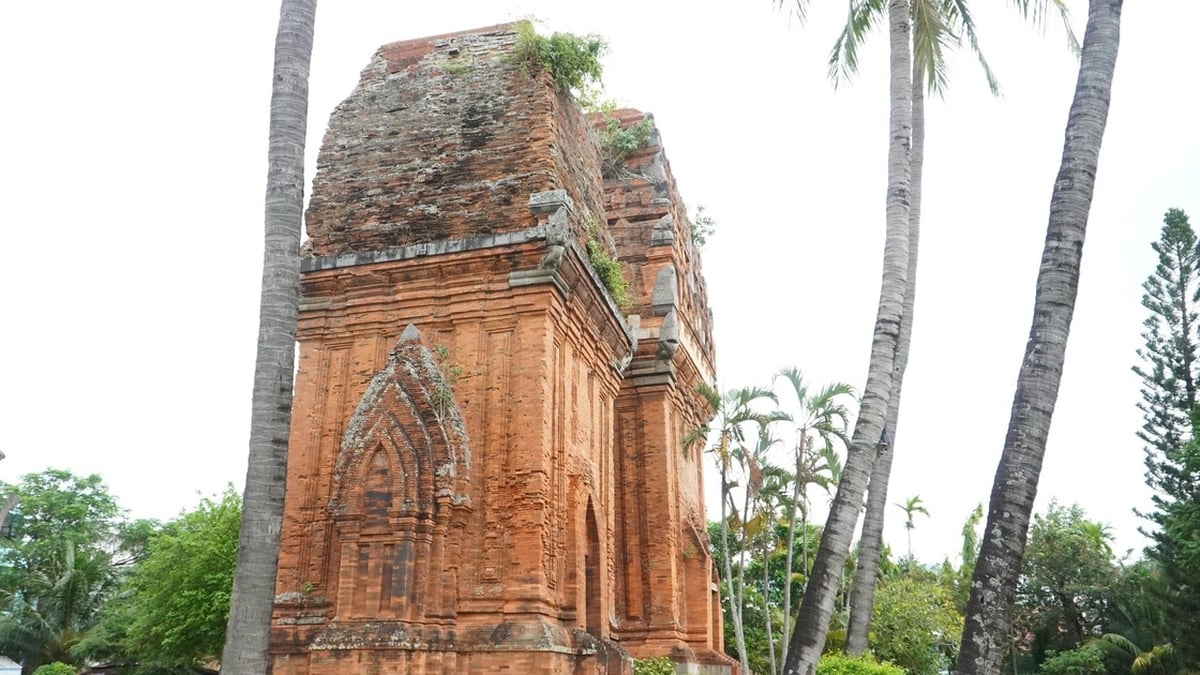


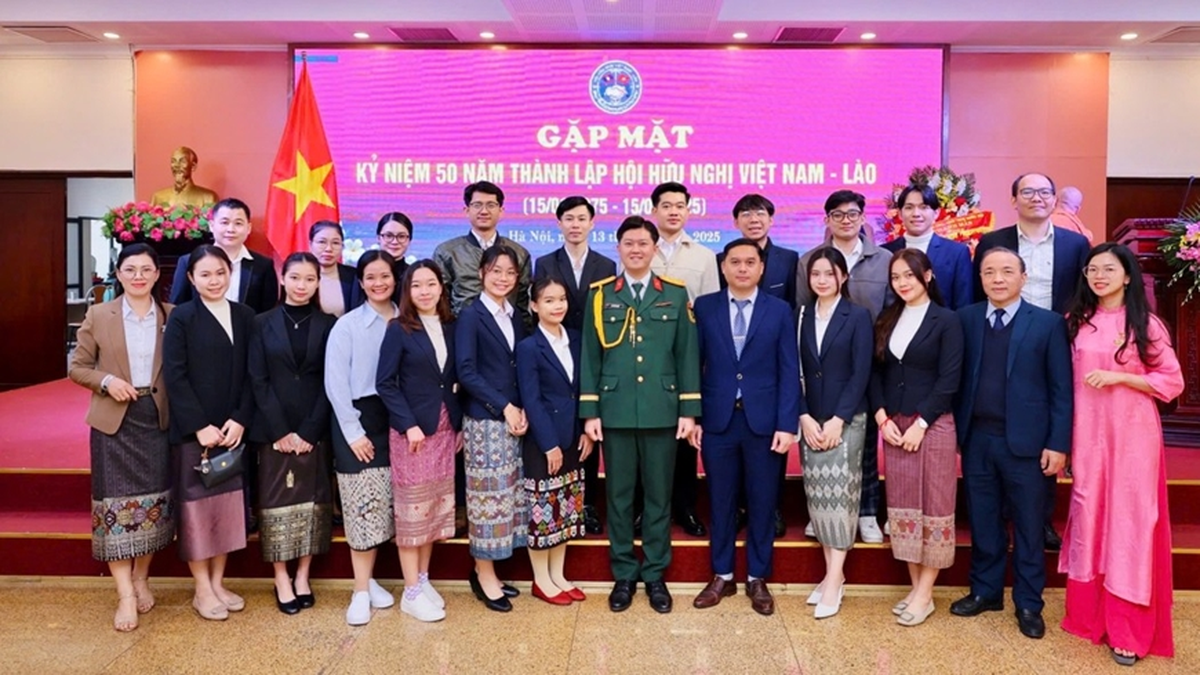












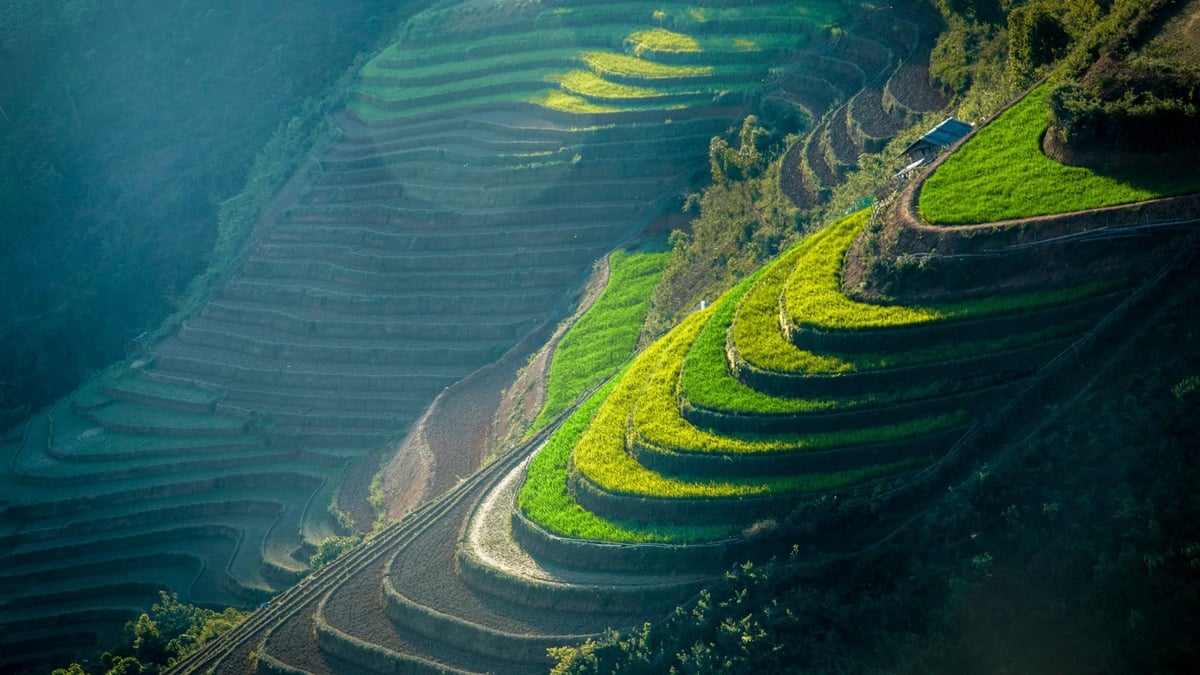












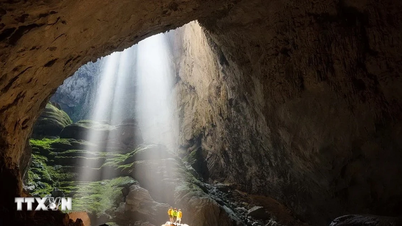

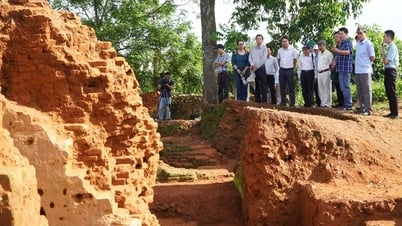







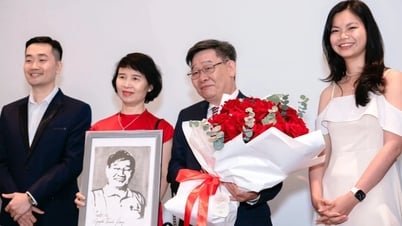

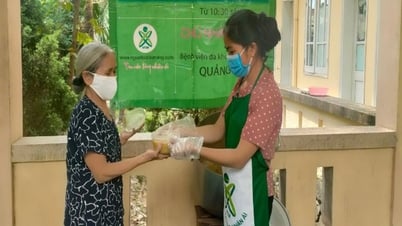
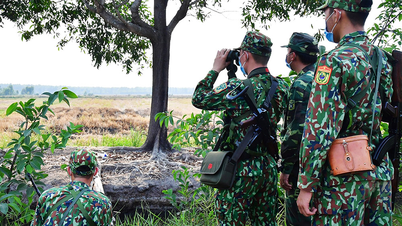













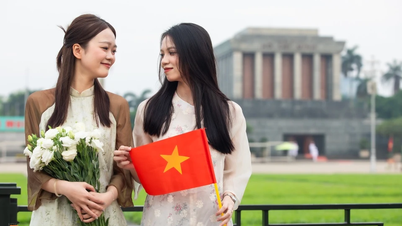

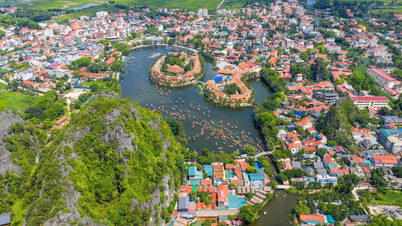






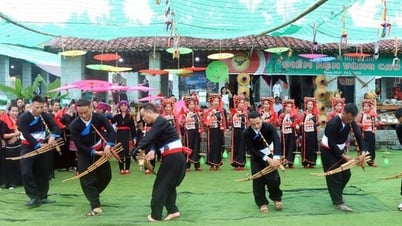
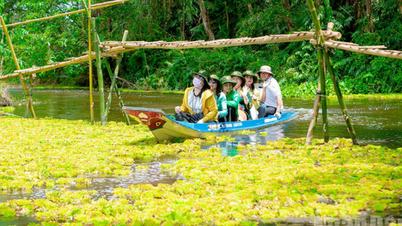
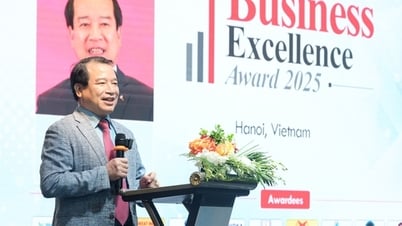
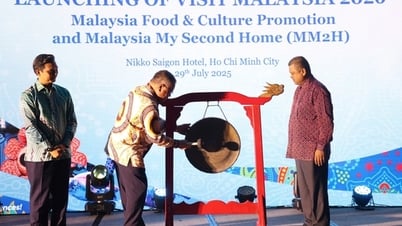
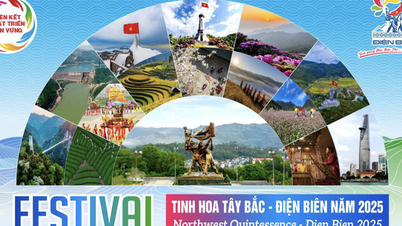










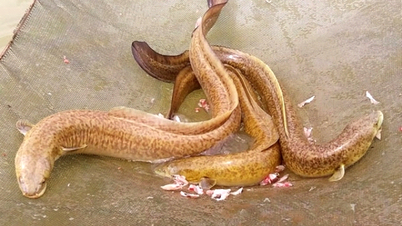










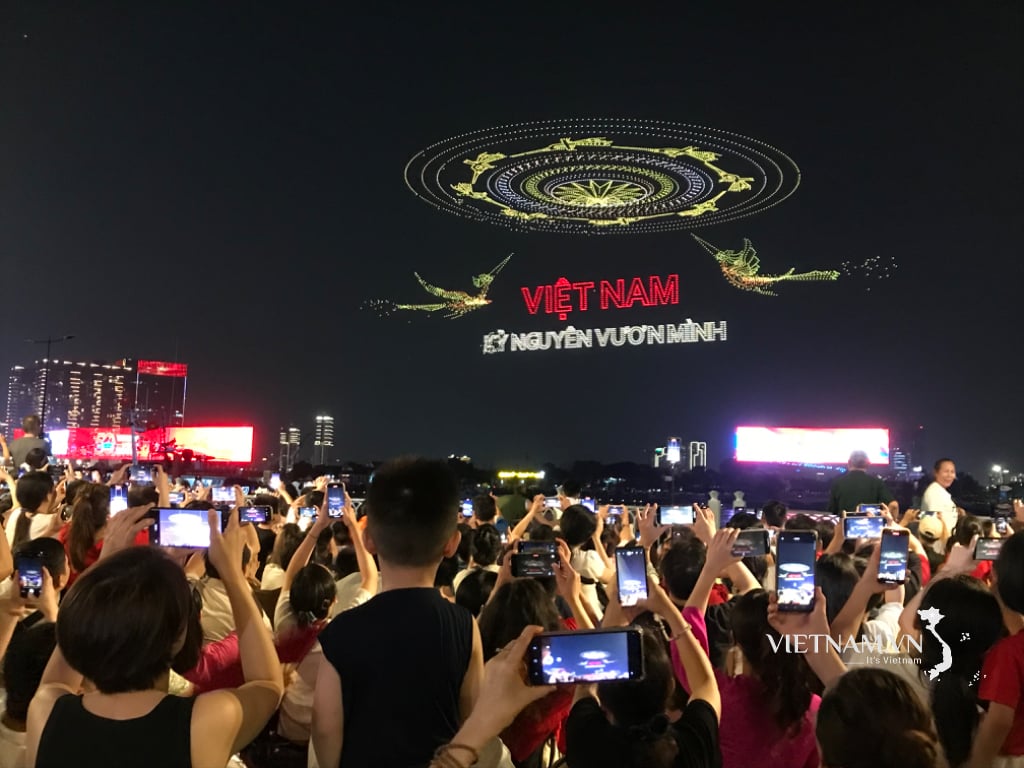
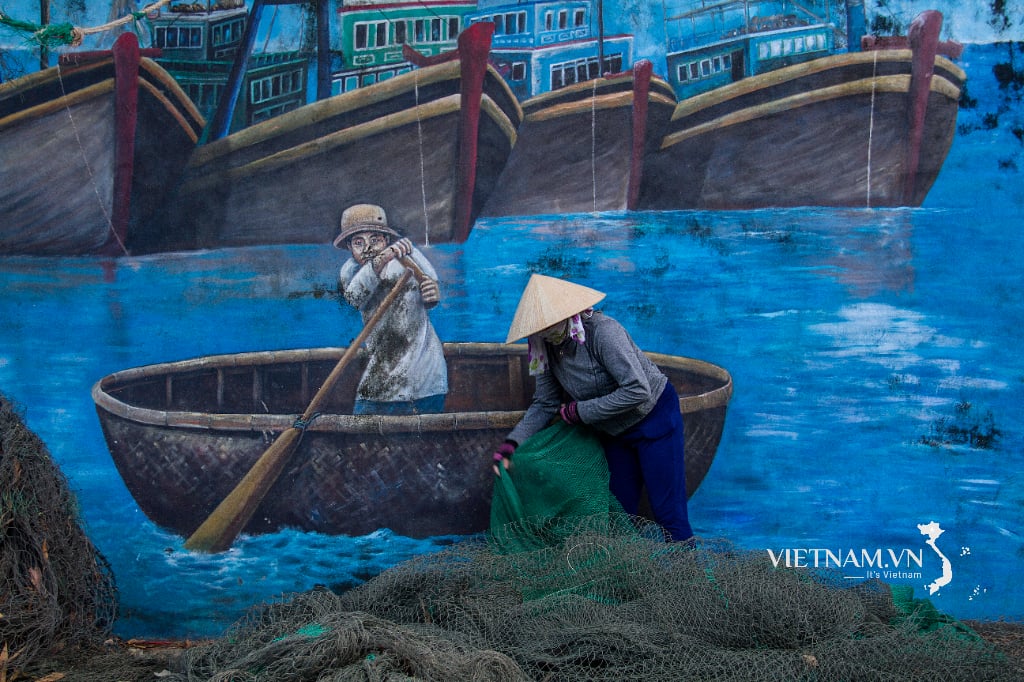

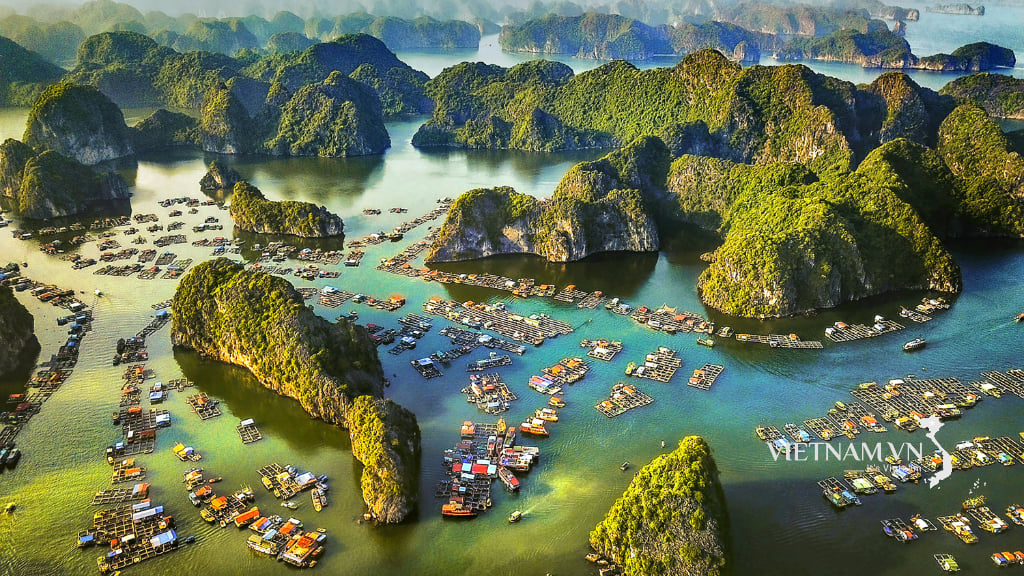
Comment (0)